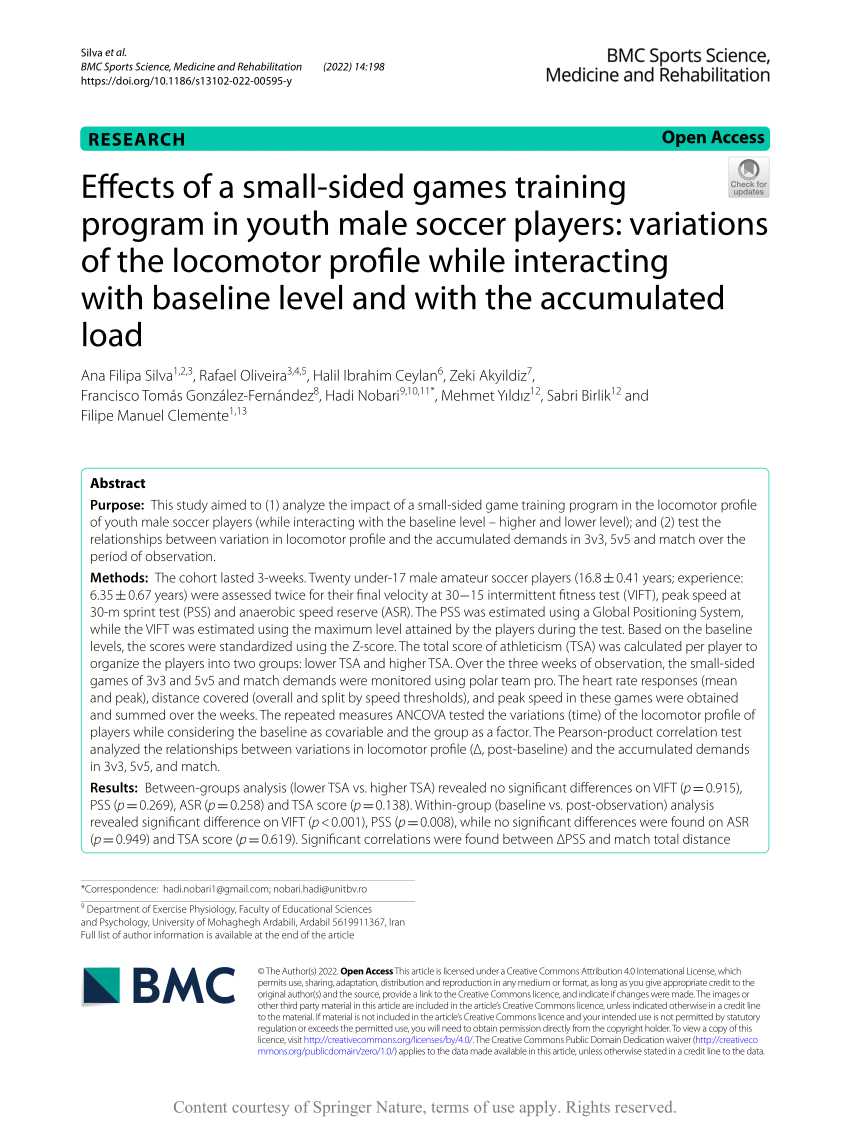Achieving peak performance in sports requires a meticulously crafted plan that addresses every aspect of physical conditioning. A well-designed regimen not only enhances athletic ability but also fosters overall wellness, ensuring that athletes are prepared to meet the demands of their sport with resilience and agility.
The approach to crafting such a regimen involves a careful balance of various exercises aimed at developing strength, agility, and endurance. Each element is tailored to the specific needs of the sport, incorporating diverse drills and techniques to maximize efficiency and effectiveness.
By embracing a comprehensive and dynamic training strategy, athletes can unlock their full potential and maintain a competitive edge. This methodical approach is crucial for optimizing performance and achieving long-term success in high-level competitions.
Training Regimen for a Football Athlete
The training regimen tailored for a dedicated football player focuses on enhancing both physical endurance and tactical skills. It involves a balanced mix of strength-building exercises, agility drills, and strategic practice sessions. Each component is meticulously designed to improve overall performance on the field, ensuring the athlete remains at peak condition throughout the season.
Daily Exercises for Peak Performance

Achieving the ultimate level of athletic performance demands a disciplined approach to daily exercise. To maximize efficiency and improve overall capabilities, it’s essential to incorporate a variety of targeted activities. Each session should be designed to enhance strength, agility, and endurance, ensuring a comprehensive approach to physical conditioning.
Incorporating dynamic stretches at the start of the day helps prepare the muscles and joints for more intense activity. Following this, a mix of high-intensity interval training and strength-building exercises is crucial for boosting cardiovascular health and muscle power. Consistency in these practices is key to sustaining progress and achieving peak performance.
Strength Building Exercises

Enhancing physical power involves a targeted approach to developing muscle groups and improving overall durability. A well-rounded program emphasizes various techniques to stimulate muscle growth, boost endurance, and elevate performance. By focusing on compound movements and progressive resistance, individuals can achieve significant improvements in strength and stability.
Agility Drills and Techniques
Enhancing agility involves a range of exercises and methods designed to improve quickness and coordination. By focusing on specific drills, athletes can refine their ability to change direction swiftly and respond to various game scenarios with precision.
- Ladder Drills: Utilize agility ladders to work on foot speed and coordination. Different patterns, such as high knees and lateral steps, challenge various aspects of movement efficiency.
- Cone Drills: Set up cones in various configurations to practice sharp turns and rapid acceleration. Drills like the shuttle run and cone weave help develop quick directional changes.
- Hurdle Drills: Incorporate small hurdles to enhance jumping ability and explosiveness. Performing drills that involve clearing hurdles with minimal ground contact improves overall agility.
- Reaction Drills: Engage in exercises that require quick responses to visual or auditory cues. These drills simulate real-game scenarios where immediate reactions are crucial.
- Balance Exercises: Work on stability through exercises such as single-leg stands or balance board routines. Strong balance contributes to better control during rapid movements.
By integrating these drills into training sessions, athletes can significantly enhance their agility, leading to improved performance in dynamic situations.
Recovery and Flexibility Practices
Effective recovery and flexibility techniques are crucial for enhancing performance and preventing injuries. These practices not only aid in muscle repair but also improve overall movement efficiency.
- Stretching Exercises: Incorporate dynamic stretches before activity and static stretches post-exercise to maintain and improve range of motion.
- Foam Rolling: Utilize foam rollers to relieve muscle tension and enhance blood circulation, aiding in quicker recovery.
- Hydration: Maintain proper hydration levels to support muscle function and recovery processes.
- Rest and Sleep: Ensure adequate rest and quality sleep to allow the body to repair and rejuvenate effectively.
Integrating these practices into a regular regimen will help sustain peak performance and reduce the risk of injury.
Diet and Nutrition for Athletes
Proper nutrition is essential for peak performance and recovery in sports. A balanced diet tailored to the demands of the sport supports strength, endurance, and overall health. It involves the strategic intake of macronutrients and micronutrients to optimize energy levels and muscle repair.
| Macronutrients | Sources |
|---|---|
| Proteins | Lean meats, fish, eggs, legumes |
| Carbohydrates | Whole grains, fruits, vegetables |
| Fats | Nuts, seeds, avocados, olive oil |
Hydration also plays a crucial role in maintaining performance levels and preventing dehydration. Athletes should aim to drink sufficient fluids before, during, and after activities. Additionally, incorporating a variety of foods ensures that the body receives essential vitamins and minerals needed for optimal function.
Monitoring Progress and Adjustments
Tracking advancements and making necessary modifications are crucial for achieving optimal performance in any athletic regimen. Regularly assessing various metrics helps in understanding how well the current plan is working and whether any changes are required. Effective progress monitoring involves evaluating both physical and skill-related aspects to ensure alignment with the ultimate goals.
It is essential to implement consistent evaluation techniques, such as performance tests and feedback sessions. Analyzing these results allows for timely adjustments, which can enhance overall effectiveness. Adaptations might include altering intensity levels, varying exercises, or incorporating new strategies to address specific needs and challenges.




